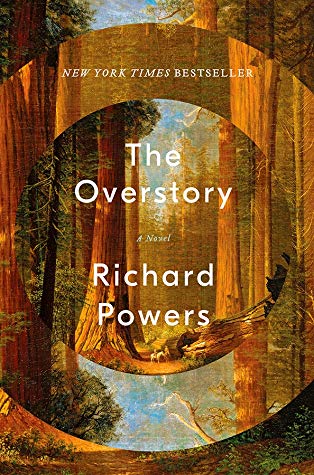- The Good: Trees! Big and small, young and old, the amazing species that we see everyday in our backyards and beyond. A stirring story about sustainability.
- The Bad: A bit slow in the second half
- The Literary: Unique in form, structure, narrative,
This Pulitzer Prize winning novel is a series of interconnected stories, unfolding in a sweeping epic about environmental activism, including the effort to stop logging companies from destroying ancient trees in the pacific northwest.
First off, the format is usual, but is effective. The first part of the novel is a superb collection of short stories that serve to introduce the nine protagonists. Some are multi-generational backstories; some are slices of life. But each character has something in common—their relationship with trees. The second part of the novel brings the characters together, one at a time, in unusual ways, but inevitably through their love of trees.
Trees take up so much space in this novel that they are arguably the tenth protagonist, asking readers to examine our relationship with nature. I say trees are the tenth protagonist of the book, but trees seems such a small word. I’ve never been the sort of person that can recognize different tree species at a glance, but now I want to be. This novel unveils the vast diversity of trees in one moment, and celebrates a single centuries-old chestnut in another. The story reminds me to see trees for their inherent life and beauty, and not as a commodity for wood. I look at my bookshelf and the few remaining physical books, the furniture, and the siding on my house, and I wonder at their tree origins.
The science helps a lot. A surprising number of scientific studies are mentioned, including studies on intelligent root systems, communicative pheromones, fungal networks, and entire ecosystems that survive on decaying trees on a forest floor. But it’s the characters and their stories that create a narrative that touches the empathy receptor of the reader, then when the statistics on the number of tree species we’re losing every year is revealed, that number means more than it would have as a single number.
I think this book is best described as a meditation. The narrative is deliberate but engaging, and although many of the characters grow and their stories have a shape, the tension does not build to a climax like in a classic novel. Some might even perceive it as slow. But small passionate moments resonate so strongly that I not only feel like I know these characters, but I feel a call to activism against the loss of so many natural resources, and a resistance to the consumerism into which we so often settle.
Recommended for anyone who loves trees and sees the wonder the natural world!
